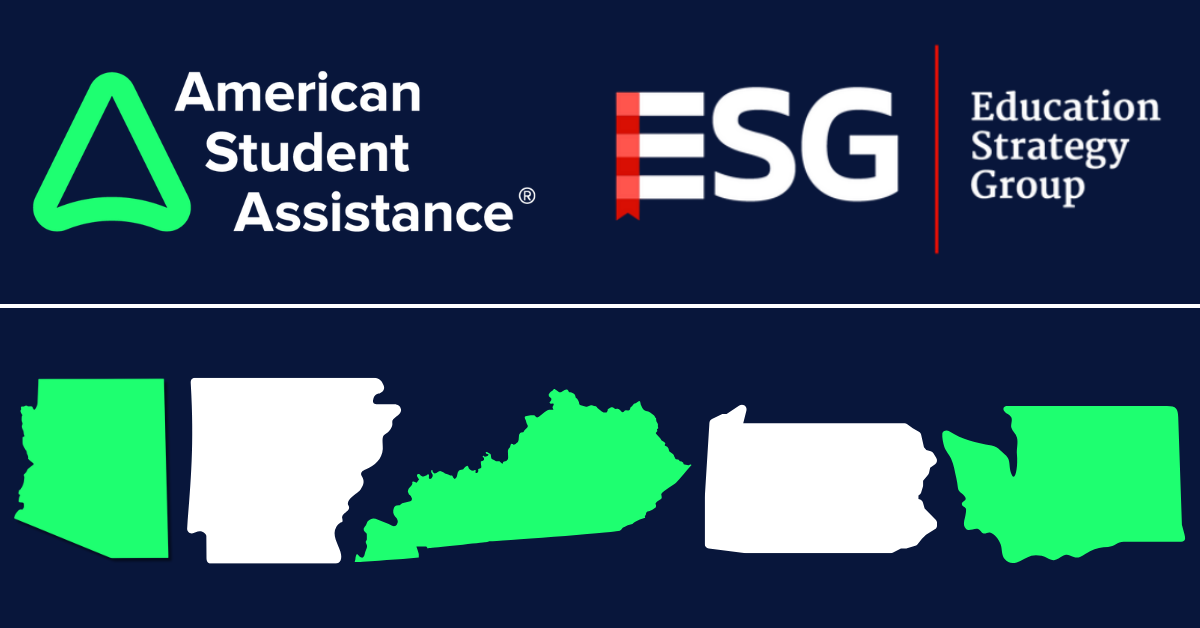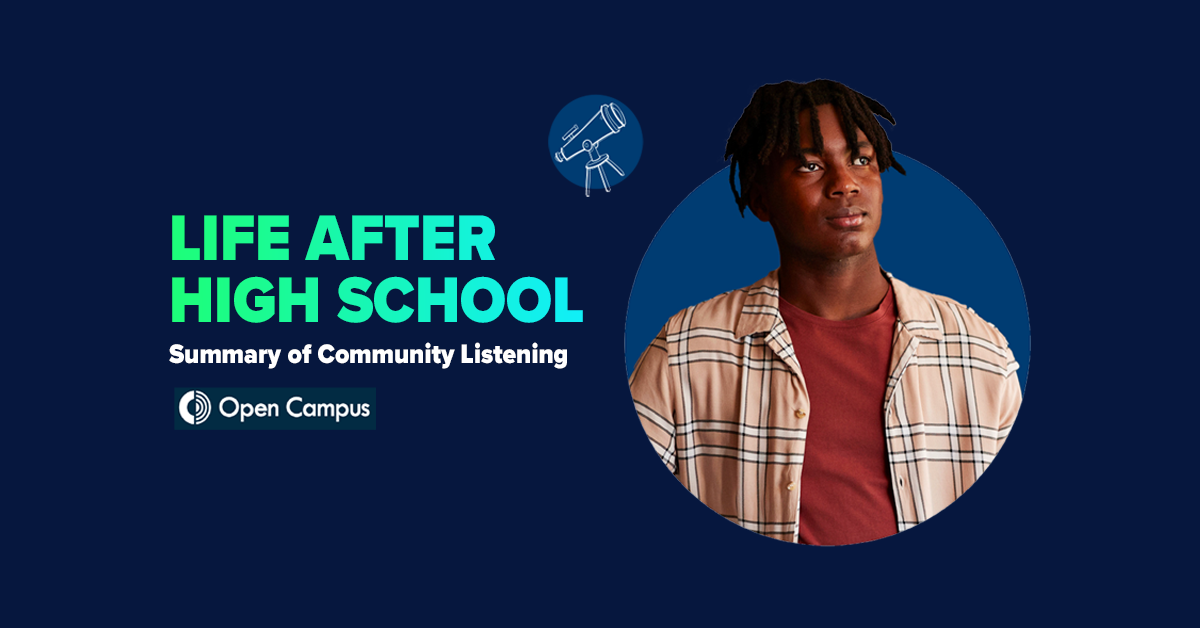Middle school career exploration is often defined as a journey of self-discovery that helps students hone in on their strengths and interests and identify career possibilities that are both financially rewarding and personally meaningful. Early and intentional career guidance is key, as kids begin to foreclose career opportunities for themselves if they don’t have intentional exposure by middle school. That’s why it’s critically important that all our districts and schools are well positioned to guide young people through their career exploration process, enabling them to find joy at the intersection of what they’re good at, what they love, what they’ll be paid for, and what the world needs. In this way, kids will be equipped to make informed decisions about their education and career path, preparing them for their futures with fulfilling careers that meet their needs.
To this end, a new research study, “Extending the Runway: A National Analysis of Middle School Career Exploration” — commissioned by American Student Assistance® (ASA) and conducted by Education Strategy Group (ESG) — provides a comprehensive guide for states and districts to implement and sustain impactful middle school career exploration programs. The in-depth national scan, which included student and expert interviews and analyzed state policy and practice against 13 criteria across three categories, uncovered several key findings.
Encouragingly, most states have identified middle school career exploration as an important component of a student’s education (73 percent); dedicate funding to support activities (92 percent); and have some sort of requirements in policy (92 percent). However, few states measure and support the quality of these practices by collecting data (20 percent); including them in accountability plans (16 percent); or having a strong ecosystem of organizations supporting the work (8 percent). Among those few states are Pennsylvania and Georgia, which have used the flexibility authorized through the reauthorization of the Every Student Succeeds Act (ESSA) to include career exploration as a component in their federal accountability systems. Five additional states – Missouri, Kansas, Utah, South Carolina, and Michigan – have incorporated middle school career exploration into their state accountability mechanisms to assess the quality of delivery of career advisement services or activities.
The Importance of Student Voice
As a core driver of our research, ASA and ESG prioritized student voice and the user experience to better understand the direct outcomes of states’ middle school career exploration vision, policies, and infrastructure and how they contributed to middle school career exploration practices meeting their intended outcomes. Overall, students participating in the study shared that they want to dive more deeply into career options with hands-on experiences, but they don’t get enough meaningful opportunities to do so in schools. For instance, an eighth-grade student in Virginia said, “I feel like we should get to explore the careers and find out what you would do in the careers and how you need to get there… I feel like we don’t really do that a lot. And we need more of that.” Oftentimes, learners rely on their families for information instead, and they also communicated a disconnect between the activities they completed—like career interest inventories—and more meaningful, longer-term career planning.
In my next series of articles, we’ll unpack career exploration across the country through a deep dive on the importance of state vision, policy, and infrastructure (including related state spotlights); provide recommended strategic actions states must take to prioritize middle school career exploration; and explore student voice findings and implications.



